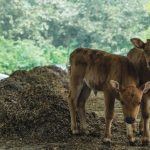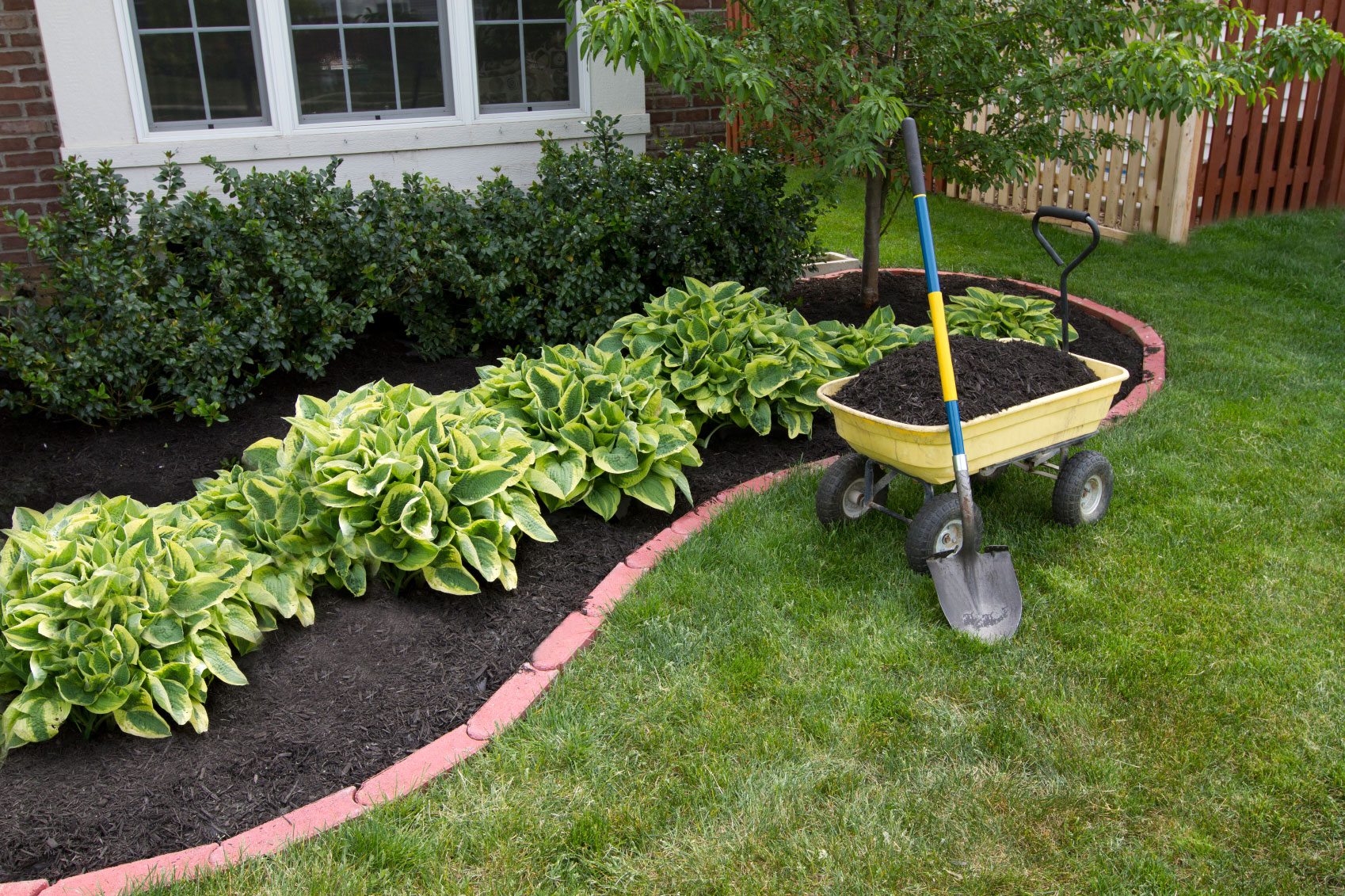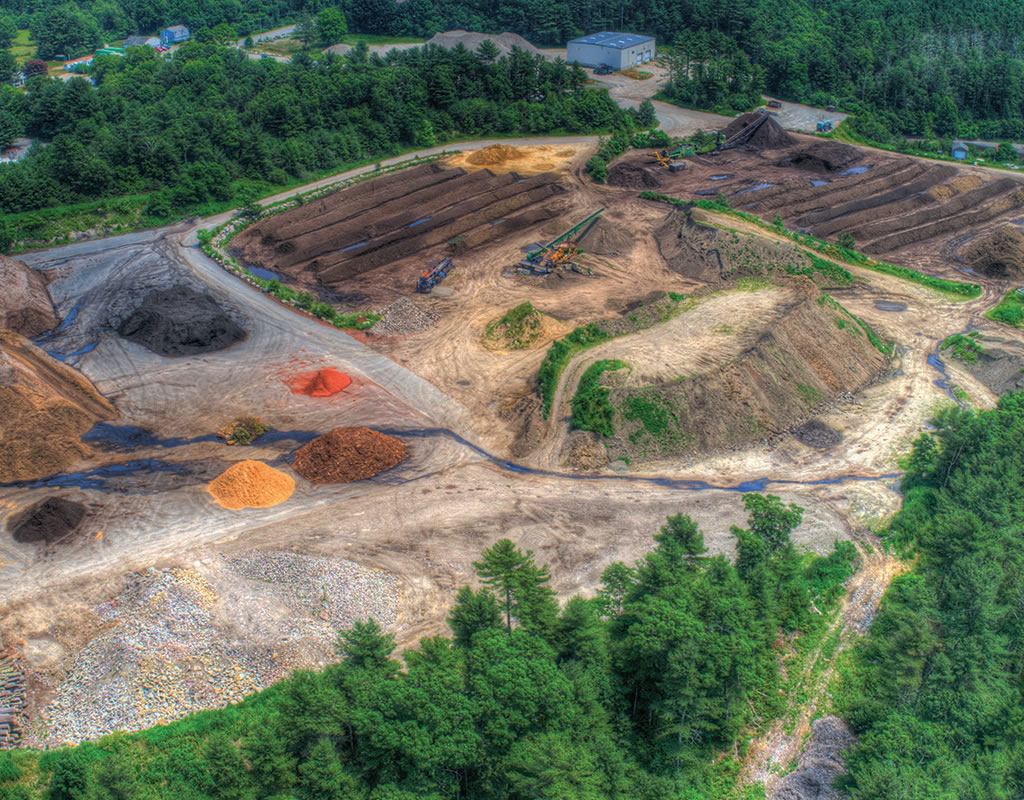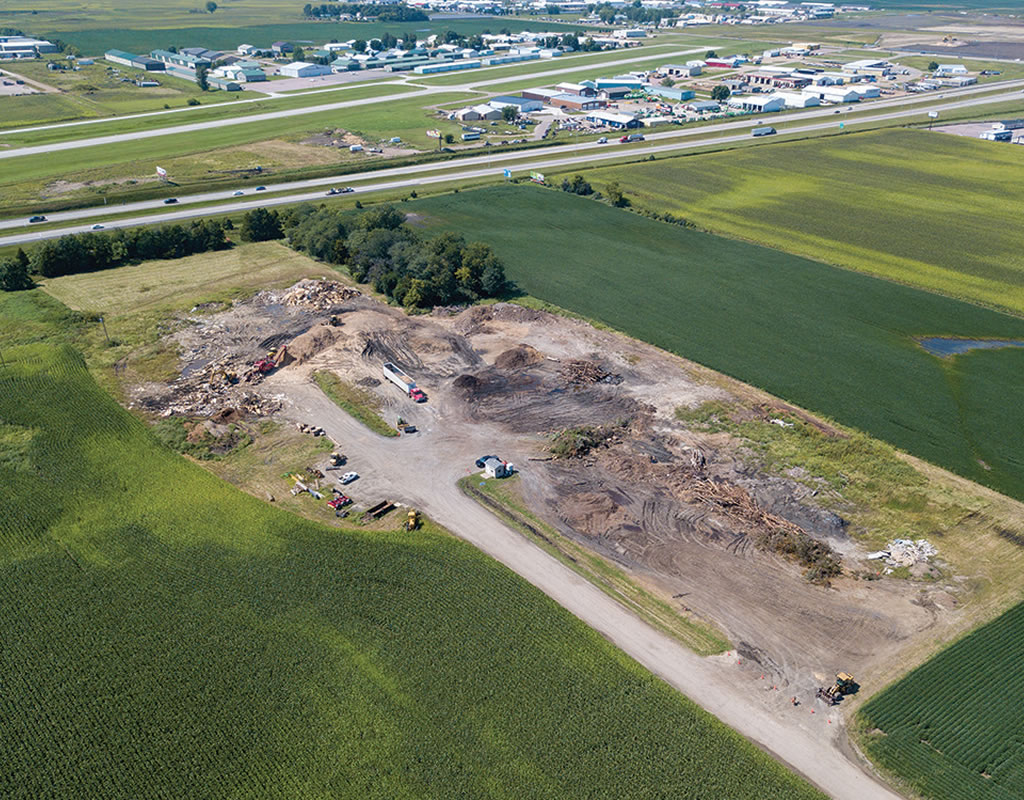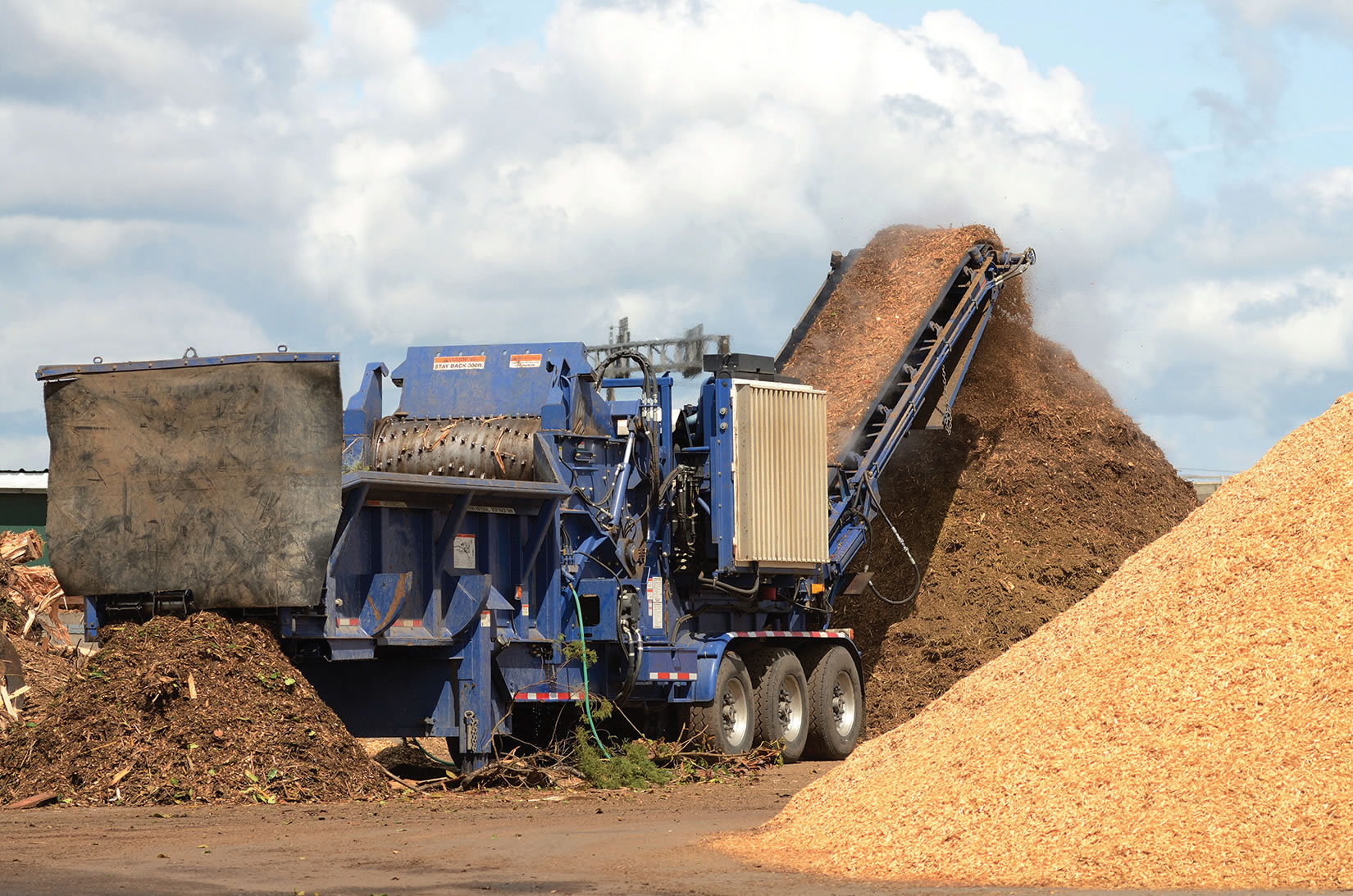By Ken McEntee
A pandemic-driven growth in gardening activity has helped to boost demand for peat moss. On the supply side, however, this year’s Canadian harvest has yielded mixed, weather-related results in the nation’s eastern and western regions, according to the Canadian Sphagnum Peat Moss Association (CSPMA), Edmonton, Alberta.
In its annual report, based on a member survey about the status of their actual harvest through August 31, CSPMA said the western harvest exceeded industry expectations, while members in eastern areas reported a lower than expected harvest.
CSPMA said its members represent more than 80 percent of North American peat production.
“The report reflects the impact of a lot of fires that impacted the amount of harvest days in Manitoba, and the Quebec area where there was a lot of rain this year,” said Asha Hingorani, CSPMA president. “To harvest peat moss you need dry conditions, but not too hot because we don't want any fire issues.”
Overall, Hingorani said, the peat supply has been constant while demand has been increasing. Demand, she said, has been pushed by a growing interest in gardening – especially over the past two years. The demand has generally been attributed to people spending more time at home during the covid pandemic.
“The Canadian horticultural peat industry was deemed an essential service, so our people were able to continue working and harvesting peat moss,” Hingorani said. “Everyone was at home, so more people were more interested in growing their own food and plants within their own households. The demand for the product increased simply because the amateur gardening movement increased. But overall demand for food also increased. We supply a lot of growers, such as mushrooms, fruits and vegetables. I remember visiting a producer who said his phone had been ringing off the hook because of the demand for peat moss.”
Hingorani said she is hopeful that strong demand will continue through 2022, even as people will hopefully be less stranded in their homes.
“I would imagine that once people realize how easy it is to grow their own food and how much fun it is that they will continue to do it,” she said. “Watching a tomato plant grow in your backyard and then being able to harvest it yourself - there's a sense of pride in that. So I would hope that the movement in terms of growing your own food in your backyard or in community gardens will continue to increase, especially as food prices continue to increase. I think that if people realize that growing your own food is also more economical, they will see the value of doing it, and peat can certainly provide that consistent growing media to grow the tomato plants or zucchinis or whatever fruits or vegetables you decide to plant.”
During the year ahead, Hingorani said, producers are hoping for stable weather that allows for sufficient harvest days during the spring and summer months to meet the growing demand.
The CSPMA annual report said all regions in Western Canada – Alberta, Manitoba and Saskatchewan - met or exceeded targeted volumes as follows:
- Saskatchewan - 109% of members’ expectations;
- Alberta – 108%;
- Manitoba - 102%.
Spring was relatively early and reasonably dry in all three provinces, enabling a good start, the report said. A significant - and in some cases record breaking - heat and drought period across Western Canada extended through much of the summer and into early fall 2021. These favorable conditions supported the positive results.
In Manitoba, weather conditions - including provincially mandated fire watches - limited harvest and plant operations, constraining capacity. CSPMA said industry and government officials in Manitoba officials are working on a protocol regime to deal with potential future extreme conditions.
In New Brunswick, both north and south regions were below expected harvest volumes:
- New Brunswick North - 80%;
- New Brunswick South - 76%.
Varied weather patterns combined with the late start and the remnants of Hurricane Ida constrained the harvest throughout the maritime provinces, the report said. The Quebec harvest was below expectations:
- Québec South Shore - 97%;
- Quebec North Shore - 80%.
Several summer storms, particularly on the north shore, did not permit either region to achieve targeted volumes. Similar weather patterns affected the Ontario harvest, which came in at 87 percent of expectations.
South of the border, Minnesota - at 79% - experienced a lower-than-expected harvest because of weather patterns.
“As in the past, CSPMA members are committed to working cooperatively with their commercial business partners,” the association said in the report. “CSPMA members continue to harvest peat moss in a responsibly managed way that delivers social and economic benefits to many communities across North America. In addition, CSPMA members are engaged in increasing harvesting capacity through investments in plant infrastructure, harvesting equipment, bog openings and personnel training.”
Like other industries, peat moss producers are being challenged by transportation and supply chain issues, Hingorani said.
“I just visited a plastic bag supplier that said they were having problems trying to find trucks to transport their products,” she said. “They also are having labor issues in terms of people being able to actually work in their facilities because of covid, so it’s been hard to keep a steady flow of staff. But the labor shortages are not unique to the agriculture industry at all. Everyone's trying to find people to help fill roles and they are offering incentives to find workers – like incentives if you refer someone to the job. The demand out there is high for people.”
Meanwhile, producers also are continually looking for new land to expand their harvest.
“In Canada there's a process where we have to go through that could take up to seven years to actually grant licenses for new development,” Hingorani said. “You can't just tell the government that you want to buy a bog and then suddenly you get to harvest it. There is an environmental assessment that takes time. There are consultations with First Nations. There's work with the provincial governments to ensure that species at risk aren't an issue in the area. So that process could take up to seven years. That's why our members really have to plan in advance and ensure that the process is being followed properly.”
While the industry is always looking at ways to speed up the process, the process is “extremely important,” Hingorani said .
“The consultation with First Nations needs to happen,” she said. “There needs to be an environmental impact assessment that takes place and our members are committed to this. This is something that's been going on for decades. But if there's any way we can kind of work with the governments or our stakeholders to ensure that the process moves forward as quickly as possible or if there's a way to kind of cut red tape, so to speak, in a proper manner, then I think the industry is always up for that.”
Hingorani said the peat industry takes pride in its partnerships with the science community.
“It's important that we understand our impacts on the climate, and we work directly with universities in Canada, such as Laval and McGill universities with research programs that help us understand the effects of greenhouse gases biodiversity and hydrological impacts,” she said. “The scientists have really helped us to understand the importance of restoration. So if we're harvesting a bog, our producers are committed to restoring that bog back to its natural state using techniques like the Moss Layer Transfer Technique, which kind of puts the bog back into its natural state, in 12 to 15 years. We rely on our science community to help us understand what we can do best to have the lowest impact on the land, ensuring that peat moss is harvested in a responsible, social and environmental way.”
Other research underway, Hingorani said, involves product blending to create new types of growing media.
“Demand for peat moss is so high, so we’re always looking at other forms of growing media that incorporate peat moss in mixes or various alternative that could help the industry expand,” she said. “A lot of our members provide potting mixes that blend peat with materials like compost, bark, perlite and coco coir. We’re always looking at different elements, but at the moment we haven't found anything to replace peat. Peat is still the king in terms of the benefits it provides to growers.”
The author is editor and publisher of Composting News (compostingnews.com).
Related News
Subscribe Today
Every other month, Soil & Mulch Producer
News brings you important stories about:
• New Technology
• Products
• Industry News
• Research Studies
Soil & Mulch Producer News features articles and services relevant to your daily operations.

